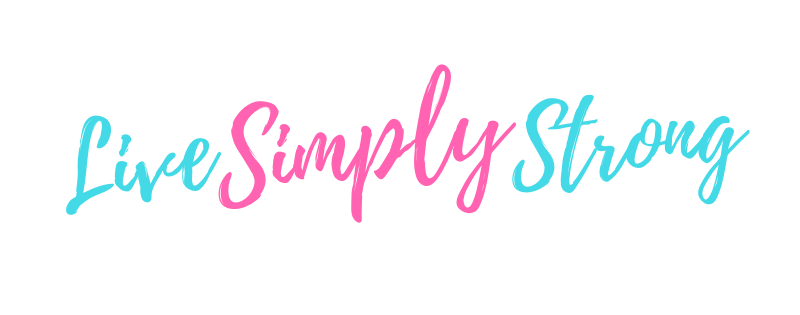Why Your Breath is So Important When Practicing Pilates

The Importance of Breathwork While Practicing Pilates.
Hey there, Pilates enthusiast! Let’s talk about something that might seem simple but is oh-so-powerful: breath work during Pilates exercises!
You see, when you hear “breath work,” you might think it’s just about inhaling and exhaling as you move, but it’s way more than that! It’s like the secret sauce that takes your Pilates practice to a whole new level.
Imagine this: every time you take a deep breath, you’re giving your body a burst of energy and oxygen. And guess what? Your muscles absolutely adore that! When you breathe deeply and fully during Pilates, you’re oxygenating your muscles, which helps them work better and recover faster. It’s like giving your body a VIP treatment!
But that’s not all – oh, no! The magic of breathwork doesn’t stop there. When you synchronize your breath with your movements, you create this beautiful dance between your body and mind. It’s like they’re doing a tango together, in perfect harmony!
You know those moments when life feels hectic and stressful? Well, here comes the superhero breathwork to save the day! It’s an instant stress-buster! Deep breathing during Pilates exercises activates your parasympathetic nervous system – the one responsible for relaxation. So, you can wave goodbye to those tension knots and hello to a calm and centered you!
And hey, let’s not forget about your core – the powerhouse of Pilates!
Your breath is like the trusty sidekick, supporting your core engagement. When you exhale on those challenging movements, you naturally engage your core muscles, giving you stability and control. It’s like having your very own cheerleader, encouraging you to power through each exercise!
So, the next time you roll out your mat for a Pilates session, remember this: every inhale brings you strength, every exhale brings you stability, and together they bring you a sense of peace and focus. It’s like a Zen master and a superhero rolled into one!
Alright, Pilates warrior, take a deep breath in and let’s flow through those exercises like a graceful river. Embrace the power of breathwork, and your Pilates practice will reach new heights of blissful connection and strength! You’ve got this
Stephanie











